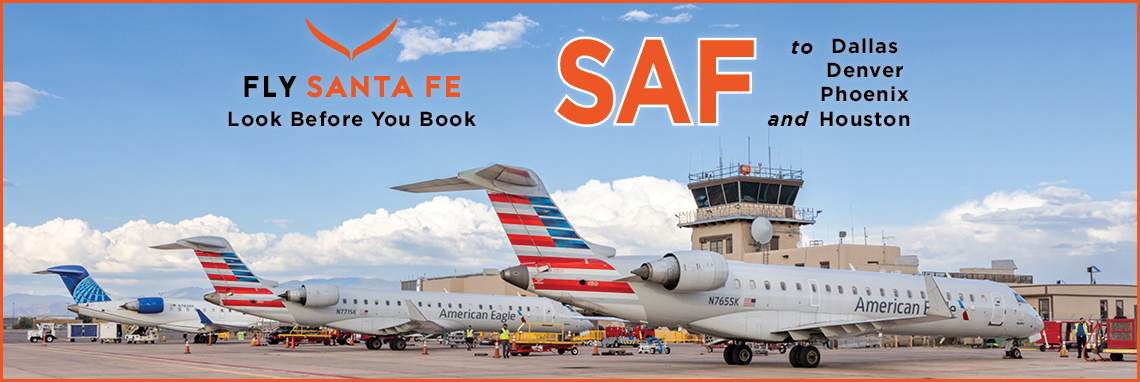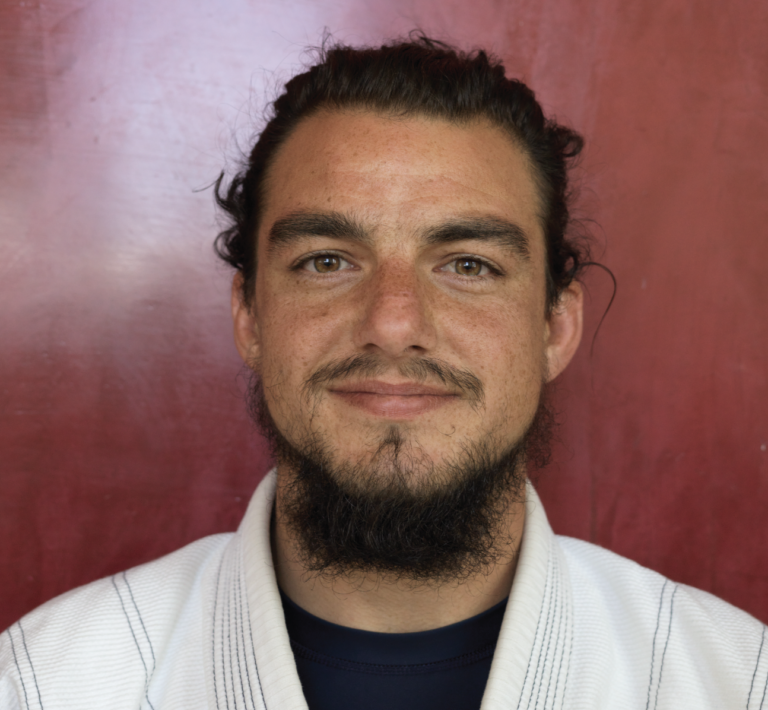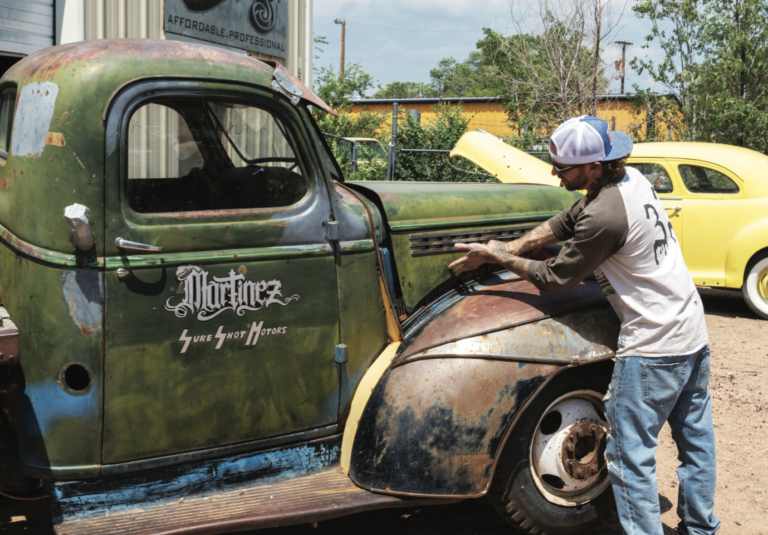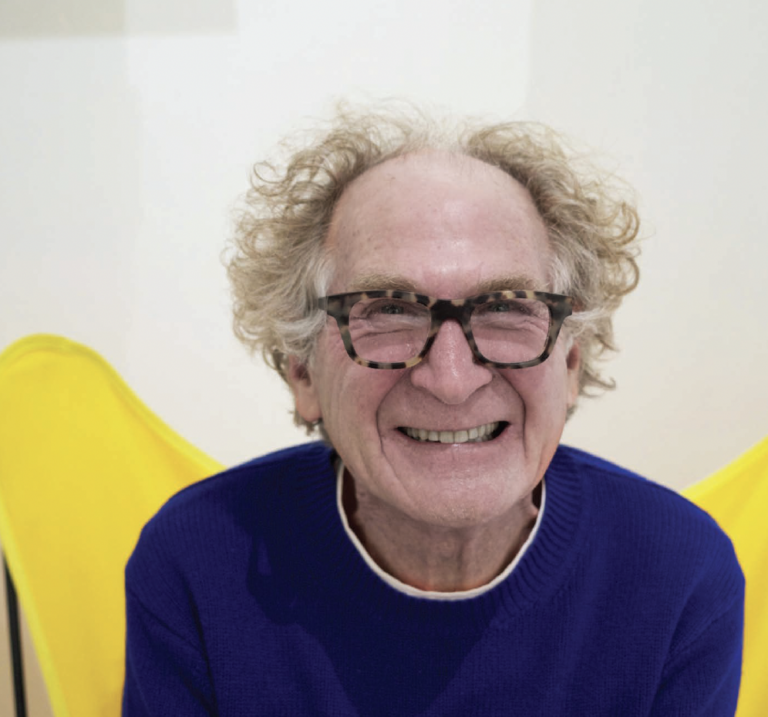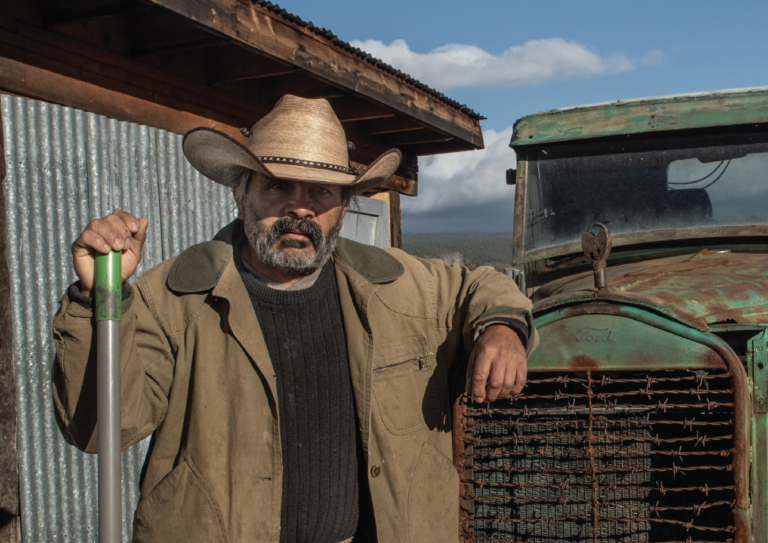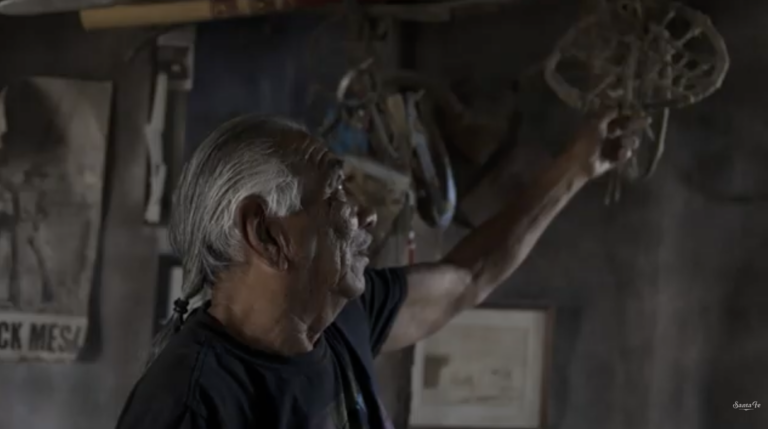HELEN HAS CREATED a very successful career as a photographer, in five not-so-easy steps:
1. Observes meticulously what she sees in front of her.
2. Selects from where she lives or where she is going.
3. Divines the essence of what interests her.
4. Completes her thorough study.
5. Photographs exactly what she sees.
Lately, she finds herself working more with wax, paint and paper. She moves between mediums as seamlessly as she changes where she lives and develops new interests. Horses, for instance.
But really, she is doing what she has always done: building her art through a mastery of detail and technique. If there is any question about that, it was answered when she directed this photographer taking her portrait as to location, time of day, place, ISO, light, wind, hair, and 20 other things. I hope she likes the resulting photograph.
Tell me about the horses. Was there a recognition that happened?
I was at an art fair, and I started talking to one of the other photographers. In the conversation, it came out that she had a horse and I said, How could you be a photographer and have a horse unless you’re independently wealthy. And she said, Not only am I not wealthy, I’m a single mom. That made me think because I was almost 60 years old and I had put off the whole horse thing. I remember one of the last things my mom said when I moved here was, You were always crazy about horses.
I thought, She’s right, what happened to the whole horse ranch thing? That’s been my dream. I realized that I needed to investigate it. So I started taking riding lessons, which is terrifying when you’re over 60 years old because your brain and your body don’t work the same. I was terrible at first, but I wouldn’t listen.
You do a lot of urban landscapes. What motivates you to take pictures of where you live?
It’s all about where I live. It’s about place, character, and time. I would think that’s how I would describe my work.
For many years I’ve traveled. It’s one thing to go traveling for a week like a tourist and think, Oh, I got this great camera. I’m gonna go to Venice for a week and expect something fantastic from it. No, you have to immerse yourself in it.
You have to be an informed observer.
Absolutely. Plus, in terms of photography, you have to understand light and atmosphere and composition. I took classes in everything; it didn’t come naturally.
Santa Fe is my stage for a horse ranch. We came here for my 60th birthday. I wanted to go to someplace cool that I could drive to. I’d never been to Santa Fe and I was working with the wax, the encaustic, which is very magical and opens up these portals. I got bored with making photographs and putting them behind glass. So I started working in a mixed media that’s additive and subtractive. It’s very sculptural, and it’s physical because when you sit in front of a computer all day, it’s deadening.
I wanted to be able to touch the work. In 2006, I spent six months creating a 40-foot file that was presented at the Venice Biennial of Architecture. I photographed the entire city of Los Angeles and made this panorama by going up to the highest point in downtown LA. At the time that was the helipad of the US Bank Tower. We rented the first digital Hasselblad and had no idea how to use it. I took the camera and went around the edge of the helipad, so I could aim the camera down and get all those landmarks.
Today, I could take this phone and do it, but back then you had to use a stitching program and stitch it all together. So I had 16 files, but when you layed them together, they didn’t match. I had to match it post-production and see it for the first time at the Biennial.
At the same show, they had an encaustic wax exhibit because R&F Encaustics is in Kingston. In the last hallway was a piece hanging on the wall that was a photo, an encaustic. And I was like, That’s for me! Okay, that’s my next thing!
So I went up to Idyllwild. I always find great masters to work with. That’s the way to do it. I learned how to work with the wax and it opens these portals. And we had these experiences together. We conjured up a ghost. I mean crazy stuff.
Why a portal?
I don’t know why. It just does. I mean, we’d have to look it up. Why do they use candles in religious ceremonies? In encaustic, heat to cold actually takes a form. It takes the form other than what it was, often completely different. So, I’m in an altered state when I’m there.
The two subjects that I want to discuss are gas stations and horses.
The gas stations are very personal. I was feeling older; I was driving along in Los Angeles, and I’m seeing these abandoned gas stations.
At the same time, I was thinking about just being a photographer, how it’s losing its uniqueness. Everyone is becoming a photographer. I felt that it was no longer needed. Something to be discarded, like those gas stations. So I had some sort of relationship with those gas stations.
You had a relationship with the discarded?
Yes. I became so obsessed with photographing them. I was so busy looking at decrepit stations that I wasn’t looking at new stations. Those old gas stations I photograph were probably built when I was born.
What does the discarded thing mean to you?
Well, I was an artist around 60 at that time. It was harder for me to get attention because now I’m in mid-career, I’m an older woman, and LA has exploded, everyone with a camera.
I was quite well-known. I used to have hundreds of people at my openings. We had 1,000 people at the opening of a group show. But now, every night in Los Angeles, there are 6, 10, 12 different openings all over the city. Social media had come, and everybody figured it out. I was like, This is getting hard.
That happens when you reach that age and you’re an artist. Especially if you’re a woman. Those silicone beach kids, they were moving at a faster pace than we were and that threw me. It has to do with what’s valued also. One of the most pernicious aspects of technology people is that they devalue anything having to do with knowledge, skill, experience, or age.
Images of horses appear to be your new obsession.
I’m constantly taking photos of the horses when the light is good; they’re just snapshots, and they’re fine. People love them, but they’re not works of art.
I’m always looking at the light. If I’m sitting in this room, it changes constantly. I mean, with Santa Fe, it’s not like, Okay, the weather’s good, let me just do this for two hours. It’s not. And that’s what’s so wonderful about living here. You have to live in the moment.
You do these extraordinary mystical things and then you sort of decline to explain it.
Yes, and with horses, you just have to communicate with them in a different way. They’ll just do things they want to. I mean, you can’t force a horse to do something. And you have to be much more careful with them because they could hurt you very easily. Since I’m a photographer, I think in pictures rather than words and animals think in pictures too. So I communicate very easily with horses.
How do you know they think in pictures?
That’s scientifically presented. I have no idea how they figured it out, but it’s written in journals that they think in pictures. And when I’m with them, I communicate that way. It’s made it easy for me. That’s why I’m able to take the photographs of the animals. We’re just so in tuned to one another.
You mentioned atmosphere. What do you mean by atmosphere?
I was always a big film freak. Of all the films that I watched over the years, whether the director was Hitchcock or Orson Welles, it was always about atmosphere. I was always attracted to film noir and night. That makes a photo better. I mean, if you’re shooting on a street, it better either be at night or it better be raining. If you really look at these films, which is what I do, you’ll see the streets are wet.
So for me, when it’s a clear blue sky, it’s boring, versus layers and layers of clouds. It’s a different energy and it forces you to slow down and be in the moment. And look at the light.
More at helenkgarber.com
Photo SFM

